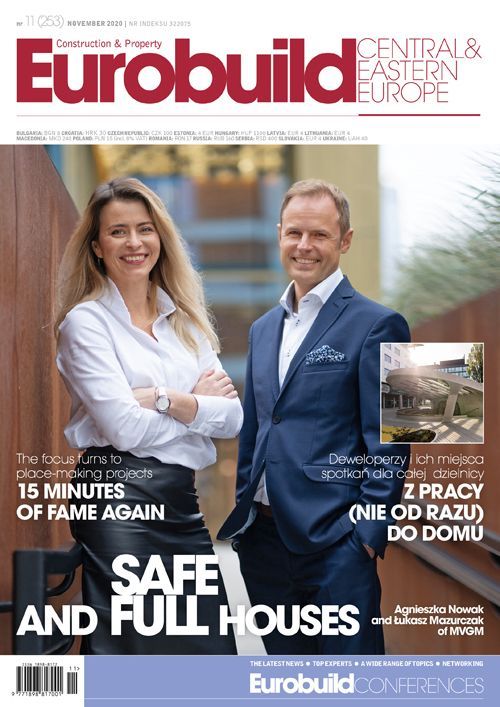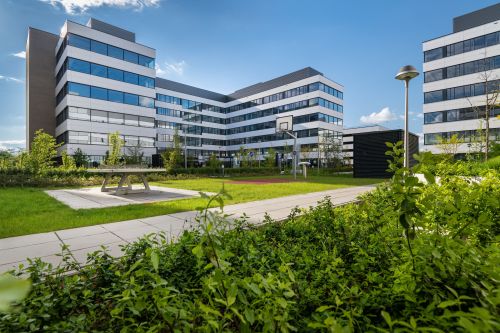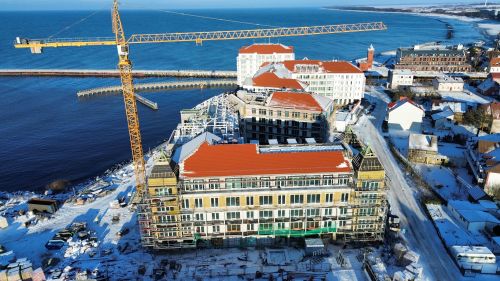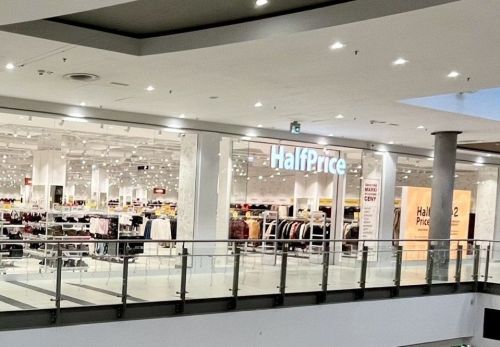The PLGBC has announced its own official certification system for apartment buildings. Why do we need another certificate?
Dorota Bartosz, expert, the Polish Green Building Council (PLGBC): International certification process for sustainable buildings in Poland works very well, but this is mainly true for the commercial sector. According to the PLGBC’s database, more than 1,000 commercial buildings are now certified, compared to only 43 residential buildings. This is a direct result of the requirements of tenants when it comes to renting office space. The desire for such certification stems from their CSR policies and the need to gain an edge over their competitors. Costs also have a significant impact. Certification is simply too expensive for residential developers, particularly when it comes to smaller and medium-sized companies. It’s simply too expensive and too complicated, which is why BREEAM and LEED have only been moderately successful in this segment.
Why are

























































